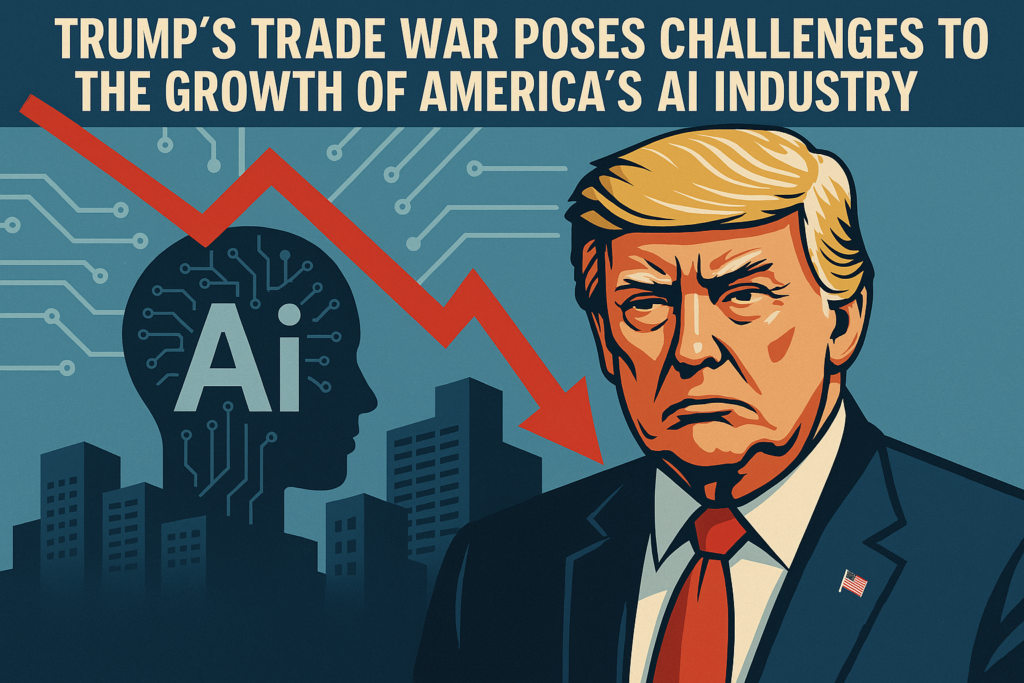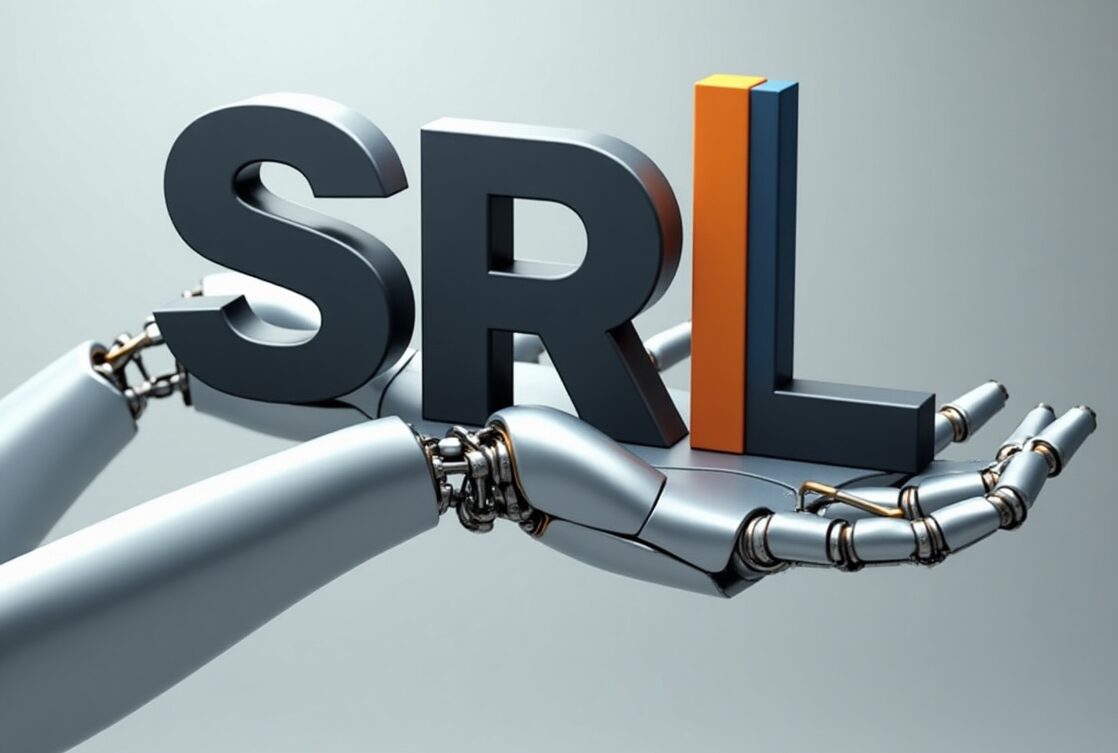SAN FRANCISCO — While President Donald Trump has vowed to establish the U.S. as the global hub for artificial intelligence, his tough trade policies may end up slowing down the very progress he hopes to accelerate.
Industry experts and executives warn that Trump’s steep tariffs, especially on goods from China, are driving up the costs of building and operating data centers — the backbone of AI development. These data hubs, crucial for powering technologies from companies like OpenAI, Google, and Microsoft, rely on complex international supply chains for components and construction materials.
OpenAI CEO Sam Altman acknowledged the pressure in a recent interview, noting the company is urgently assessing how the rising tariffs could impact the cost of running its AI systems. “We’re working around the clock on this,” he said.
Although Trump has positioned China as America’s main competitor in AI, and argues the U.S. must maintain a lead for both economic and national security reasons, some in the tech world believe his tariff-heavy strategy could backfire. With levies now reaching 145%, some believe it may actually give China an edge in the AI race.
Josh Levi, president of the Data Center Coalition, urged the administration to carefully consider the broader effects of tariffs on critical infrastructure. “At this pivotal time for AI, it’s important we have stability and clear guidance, especially when it comes to data center components,” Levi said.
While AI software isn’t directly affected by the tariffs, the hardware needed to train and deploy these systems — such as GPUs, cooling units, backup power systems, and building materials — is. And China, despite retaliating with its own 125% tariffs on U.S. goods, remains a key supplier for much of this equipment.
Altman pointed out that even though some chips are exempt, many other vital components aren’t — and the full cost of building a data center goes far beyond just processors. “It might sound good on paper, but the reality is much more complex,” he explained after speaking at the Vanderbilt Summit on Modern Conflict and Emerging Threats.
This uncertainty is unsettling for an industry that’s otherwise charging full speed ahead. “The dominant feeling right now is confusion — it’s very hard to plan under these conditions,” said Jay Biggins, executive managing director at BLS & Co., a real estate consulting firm specializing in AI data center development.
Since OpenAI launched ChatGPT in 2022, tech companies and investors have poured billions into developing AI tools and the infrastructure needed to support them. The result is a massive wave of data center construction sweeping across the U.S., straining power grids and even prompting the revival of old coal and nuclear plants.

Google is expected to invest $75 billion in AI-related data centers this year alone, while Microsoft plans to spend $80 billion. Meanwhile, Trump, on the first full day of his second term, welcomed AI and business leaders to the White House, where they pledged up to $500 billion toward a project dubbed “Stargate” — aimed at AI data center expansion.
Don Clark, co-CEO of construction firm Clark Pacific, said the AI data center boom is unlike anything he’s seen. “It’s probably the biggest construction market I’ve encountered in my entire career,” he said.
But for some, the warning signs are clear. Andrew Ng, former head of Google’s AI division and now co-founder of DeepLearning.AI, said he’s deeply concerned about how tariffs could derail momentum. “There’s a huge push to build out energy infrastructure and data centers in the U.S. — and tariffs will absolutely raise costs,” he said.
Initially, stock prices for AI leaders took a hit following the tariff news but have since rebounded. Still, analysts like Dan Ives from Wedbush Securities predict turbulence ahead. In a note to clients, Ives estimated that up to 15% of cloud and AI projects could be delayed due to trade uncertainty.
And it’s not just about finding alternate suppliers. Even if companies look to American sources, demand is already so high that prices are soaring and delivery timelines stretch months — if not years — out. “Backlogs for essential gear like transformers and generators are already at 24 to 36 months,” Biggins noted, estimating that overall data center costs could rise 15–20%.
These challenges might even push some U.S. AI companies to consider building their infrastructure elsewhere. Ng noted that while companies typically want to keep data centers close to users for speed, AI processing is less time-sensitive. “If a model takes 10 seconds to generate an image, a few extra milliseconds in transmission don’t matter much,” he said.
Big Tech already has data centers around the world and is expanding in countries like Malaysia and Singapore. With shifting regulations and abrupt policy changes in the U.S., other regions with more predictable governance are becoming increasingly attractive.
“When rules change overnight on social media, it’s nearly impossible to plan effectively,” Ng said. “In the long run, that kind of instability makes other parts of the world look like safer bets.”
